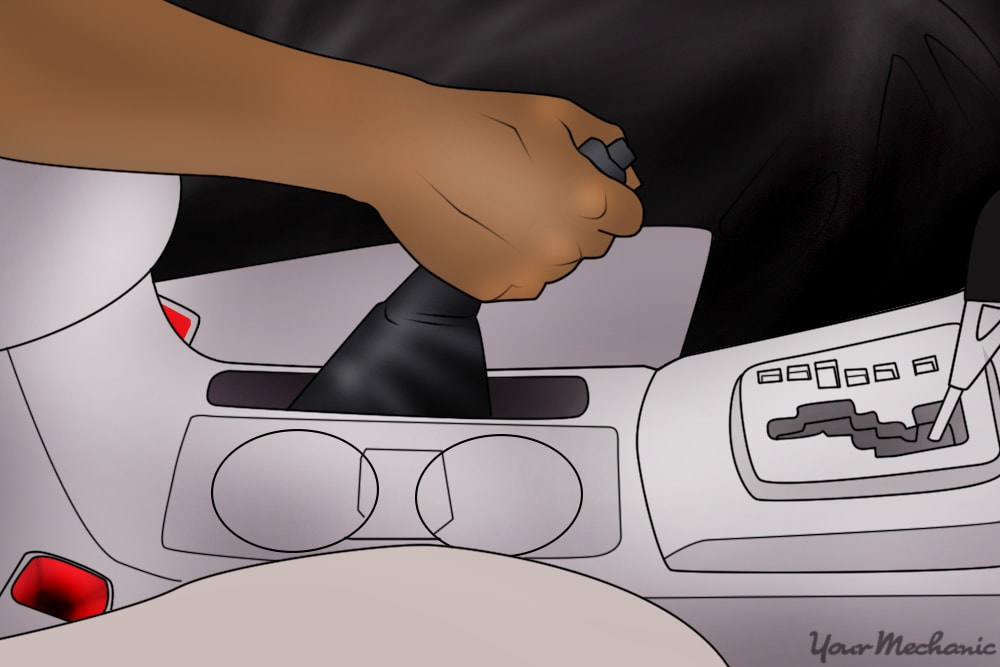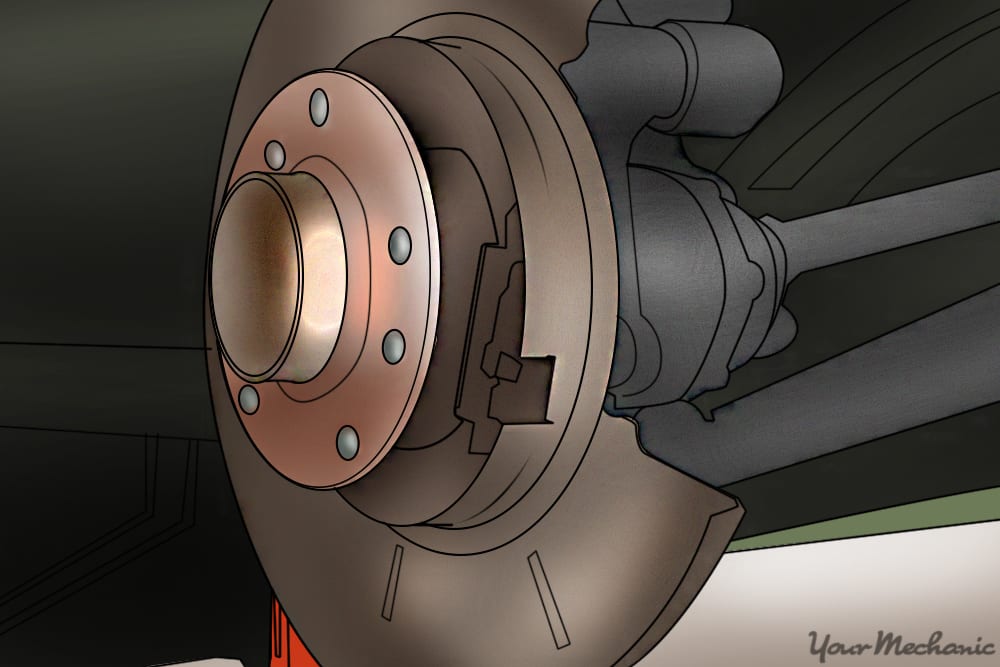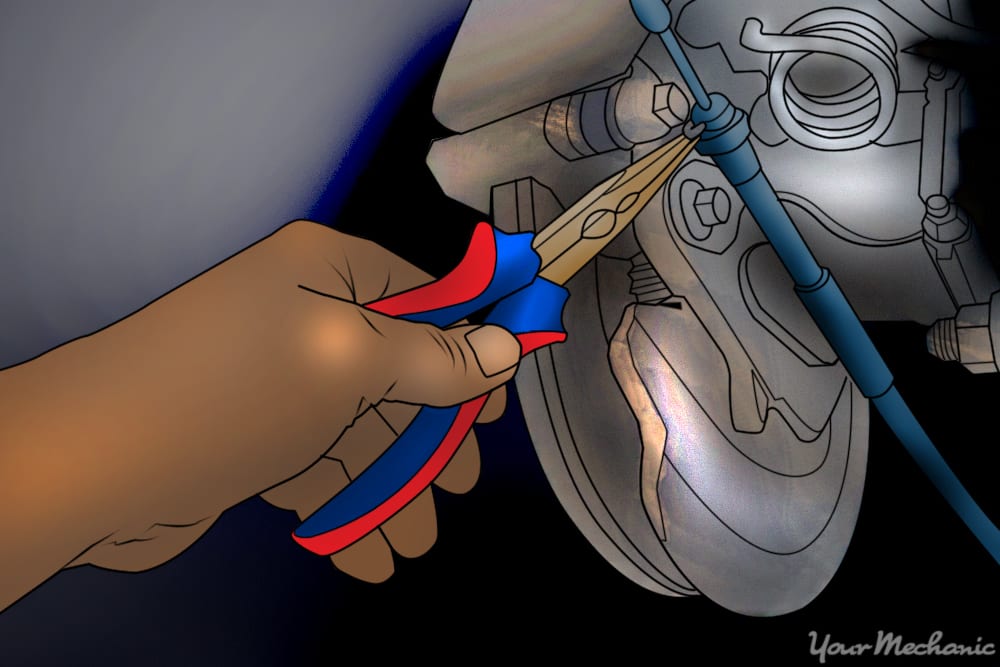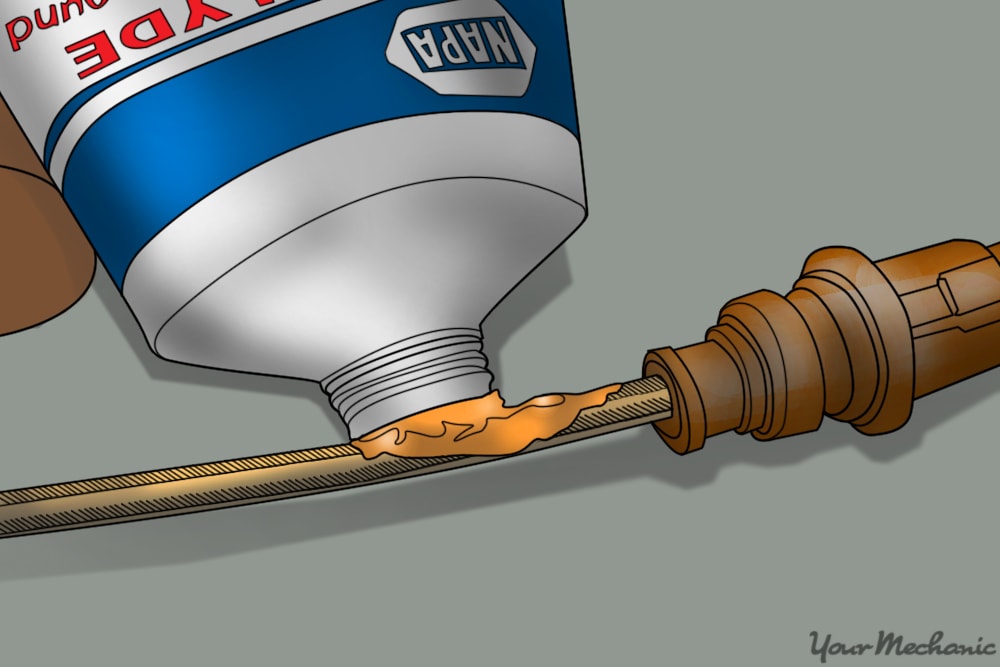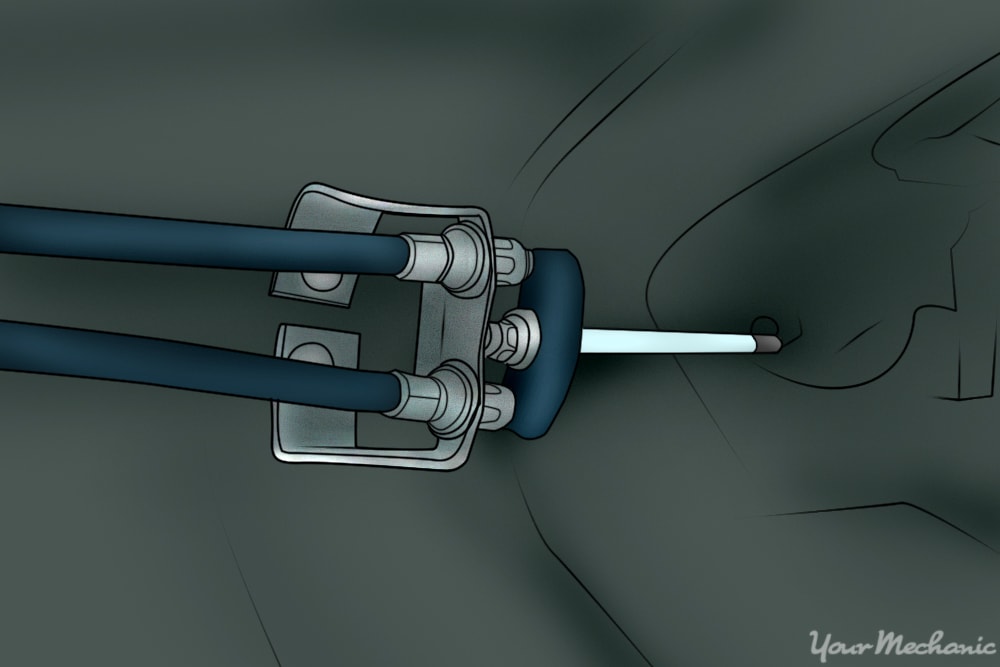

The parking brake cable assembly can be made up of a few different parts that run through or beneath the vehicle. The purpose of the parking brake cable is to join the link between the parking brake control and the parking brake mechanical brake assemblies.
Engaging a vehicle’s mechanical parking brake applies a high amount of tension to the parking brake cable in order to transfer mechanical force from the control assembly to the mechanical brake assembly.
The parking brake system is fitted to every vehicle as an auxiliary braking system whose primary job is to hold the vehicle stationary while not in use. When parking the vehicle and leaving it unattended, it is good practice to engage the parking brake as a means to keep the vehicle stationary. This proves to work best when parking on hills or inclines where you really want the vehicle to stay put instead of sliding down the hill while you are away.
Part 1 of 2: Understand the functioning of a parking brake cable
The cable assembly may require servicing due to many reasons, the most common concern being a stuck cable. Periodic use can break apart small rust spots or allow moisture to escape to some degree. When the parking brake isn’t used very much, the cable does not move through its insulation.
If the parking brake is never used, rust can build up inside the insulation and lock the cable in place. Then, when you try to engage the parking brake, you can feel the tension on the control, but there is no holding force at the brakes. The system can fail in the opposite way as well where you engage the brake and it holds, but it fails to release when the cable is stuck in its insulation and can render the car almost undrivable. The vehicle’s engine will always overpower the brakes, but driving a vehicle with a stuck parking brake will severely damage the brakes.
- Tip: Have your vehicle inspected by a qualified professional before continuing with the repair as some vehicles are equipped with multiple cables that link together along the length of the vehicle. Once the repair technician points out which cable must be replaced, you can follow the steps in the vehicle service manual to complete the repair.
Some common parking brake problems are:
- Control application is too easy and brake does not hold
- Control application is very difficult
- The parking brake does not hold when applied
- The parking brake holds only one wheel where it should hold two
- Noise coming from the vehicle from the area where the parking brake mechanism is mounted
- The parking brake holds on level surface, but not on an incline
While the infrequent use of a mechanical parking brake can cause a malfunction; using the parking brake on a regular basis requires its own form of maintenance. Even if you are the user who religiously applies the parking brake before leaving the car, this is a mechanical system and mechanical systems do require some maintenance from time to time.
The parking brake cable is responsible for maintaining a large amount of tension. The system was designed to hold this type of force, but due to use, the cable begins to stretch over time and will need to be adjusted so that it holds tight again.
Part 2 of 2 : Replace the parking brake cable
There are a few different brake assembly designs depending on the type of unit in your vehicle. The repair procedure may vary depending upon the type. Refer to the details the vehicle’s service manual.
Materials Needed
- Brake service retractor set
- Brake service tool set
- Drum brake service tool set
- Floor jack
- Gloves
- Jack stands
- Lug wrench
- Mechanics tool set
- Parking brake cable release tool
- Push pin pliers
- Respirator mask
- Safety glasses
- Torque wrench
- Vehicle service manual
- Wheel chocks
Step 1: Park and secure the vehicle. Before performing any work, park the vehicle on a level surface. Use chocks to prevent any unwanted movement of the wheels.
Step 2: Locate the brake cable. Determine the location of the control side of the brake cable. The connection can be inside the vehicle, underneath or along the side of the vehicle.
Raise the vehicle accordingly and support the vehicle’s weight using the jack stands.
Warning: Never slide under a vehicle that is only being supported by a jack.
Note:Some vehicles require all four wheels to be elevated to perform this service.
Step 3: Release the parking brake. If you engaged the parking brake before lifting the vehicle, you can release the control once the weight is supported.
There will be an adjustment mechanism on the vehicle and this device must be adjusted to create as much slack as possible on the cable. The loosely adjusted cable will be easier to remove.
Step 4: Remove the parking cable from the control side. Disconnect the cable from the control side and follow the length of the cable to look for any guides or brackets that may fasten the cable to the vehicle body. Remove all of the supporting fasteners.
Step 5: Disconnect the parking brake. On the brake mechanism side of the parking brake system, disassemble and disconnect the parking brake cable from the mechanical brake assembly following the steps given in the vehicle service manual.
Step 6: Check that the new cable matches the old one. Remove the old cable from the vehicle and lay it alongside the new one to make sure that the part is correct and the attachments match.
- Tip: Spray the new cable down with a silicone lubricant or a rust preventing spray. This will increase the life expectancy of the new cable and prevent moisture from causing damage later on. Grease can also be used to coat the cable. The idea is to add some extra lubrication to the new cable.
Step 7: Install the new parking brake cable. Reverse the process of removal or follow the guidelines in the service manual for the proper installation of the new parking brake cable assembly.
Step 8: Put the wheel back. The work is not complete without properly installing the wheel back onto the vehicle. Install the wheel assembly onto the wheel hub.
Spin the fasteners in by hand or use your socket set to do so.
Step 9: Lower the vehicle and complete the process. Lower the vehicle until the tire just begins to touch the ground. Take the torque wrench and fasten the wheel lug nuts or bolts to the proper torque specification. Fasten each wheel in this way.
Any deviation from this process of installing the tire and wheel assembly may result in a loose wheel.
- Tip: If you come to a wheel that was not removed, take the time to check the torque anyway.
Once the job is done, test the brake to see how it feels and how well it holds the vehicle. If you have a steep driveway or incline, you may need to adjust the parking brake a little tighter. If the parking brake is too tight, a small amount of friction may be applied during normal driving. The friction causes heat that will destroy the parking brake.
If you are not comfortable with performing this repair on your own, get a certified technician from YourMechanic to replace the parking brake cable and the parking brake shoe, if needed.


